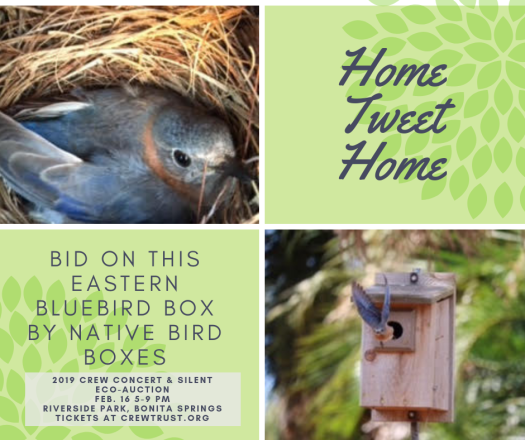
by Nan Mattingly & Dick Brewer
If you miss the change of seasons in Florida, don’t despair. You’ll find some brilliant red foliage here in November and December, red leaves that will remind you of New England in fall. Not in the New England kind of abundance, but in flashes of red amidst our lush green forests and wetlands. Look for these plants or trees and their crimson leaves in fall:

Poison ivy: as long as you don’t touch it and expose yourself to its poisonous sap, poison ivy is very attractive when its leaves turn red in autumn. A reliable identification is important, so be aware that poison ivy can take the form of a low-growing plant, a shrub or a climbing vine. Its most distinct characteristic is its green foliage – clusters of three leaves alternating on the stem. Those leaves may be smooth or serrated around the edges, and occasionally you’ll see a leaf that resembles a mitten. In fall poison ivy produces white berries that provide food for birds, deer, raccoons, bears and other wildlife at a time of year when food becomes scarce. Poison ivy is found along many CREW trails, but just remember: leaves of three, let it be.

Red maple: red maple trees are found all over the U.S. and Canada. In Florida we have our own showy variety of red maple, the Florida Flame, whose leaves turn a brilliant red in fall and then drop after just a few weeks. This variety has adapted to our environment and prefers to live in wet areas. The first part of the boardwalk at Bird Rookery Swamp is lined with red maples. Note that our red maples are not as tall as those found elsewhere in the U.S., rarely exceeding forty feet in height and showing a slim profile. When the bare trees begin to leaf out again in January or February, the new leaves are tinged with red.

Virginia creeper: sometimes mistaken for poison ivy, both plants have red leaves in fall, woody stems and compound leaves, and they can both be aggressive climbers. You can distinguish Virginia creeper by noting that its leaf clusters contain five, not three, leaves. A Virginia creeper vine can grow to 60 feet or longer. Birds, squirrels and deer eat its blue-black berries in fall, and native Americans in Florida used the red leaves to make a pink dye. Some people are sensitive to its sap but the resulting rash is not usually as irritating as that caused by poison ivy. Think twice before you plant it in your yard; it tends to take over and it clings tenaciously to walls, fences, trees, etc., with strong adhesive disks on its tendrils.

Winged sumac: winged sumac is another plant that provides us with flashes of brilliant red in the fall in Florida. A shrub or tree that grows up to fifteen feet tall, winged sumac is not poisonous even though it resembles poison sumac. It’s the larval host and an important nectar source for the red-banded hairstreak butterfly.

You may think that we have only two seasons in southwest Florida – hot and hotter, or dry and wet. But if you get out on the CREW trails in October, November and December, you’ll spot some gorgeous fall foliage that may remind you of the turning leaves found elsewhere. If you’re really lucky, you may enjoy some cool weather, too.

















 Get out to CREW :
Get out to CREW :







